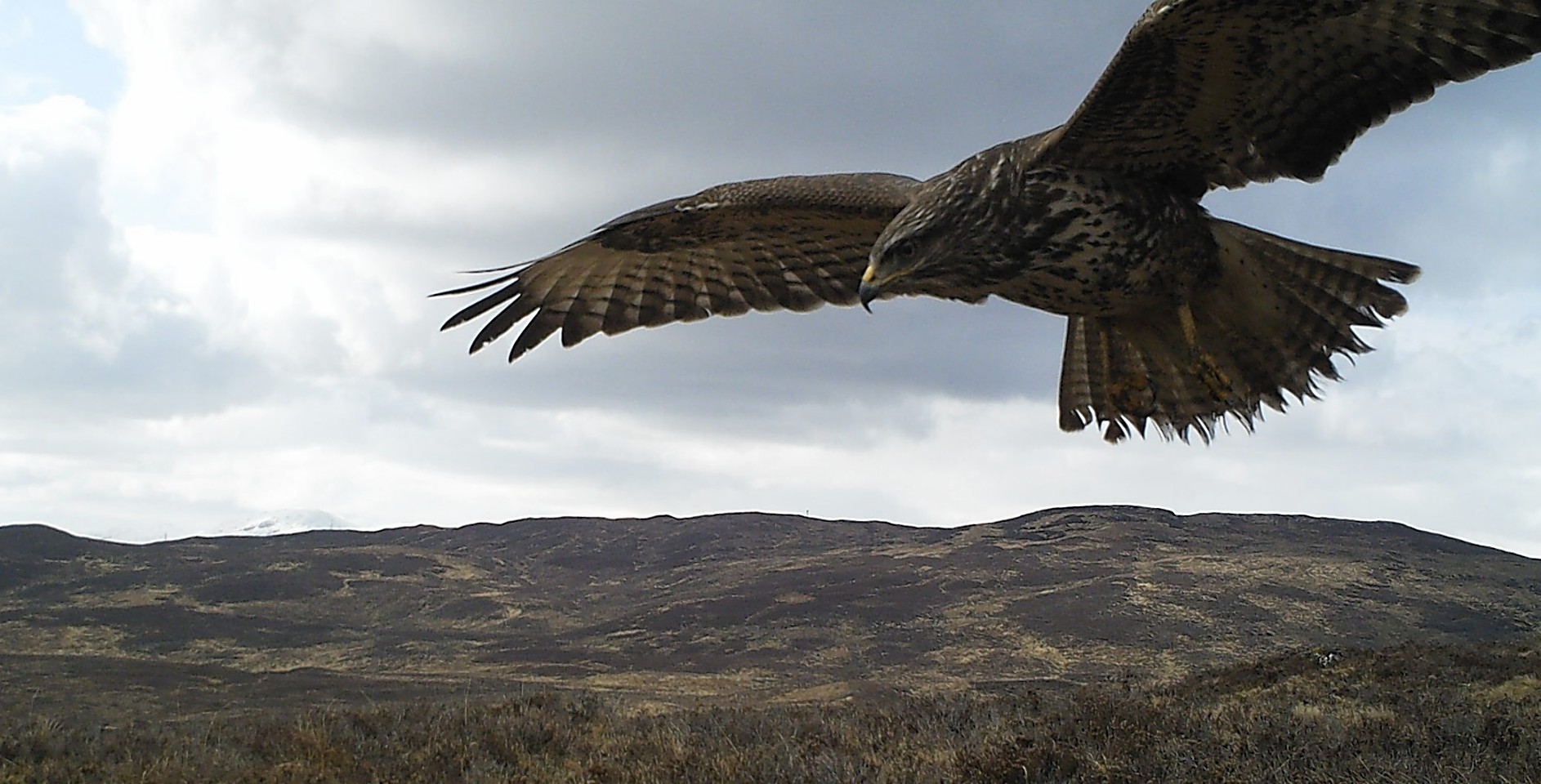Tracking wildlife in some of the most remote and inaccessible parts of the country has been transformed with a new camera developed by experts in Aberdeen.
Eagles and deer are just two of the species captured in areas such as the Cairngorms by the solar-powered device, which can work where there is no power infrastructure or internet coverage.
The camera can be remotely operated and sends images and video to a central database via satellite, with no need for humans to embark on often lengthy journeys to collect the material.
The device, called WiSE, has been hailed as a “fundamental” development in the way that data is gathered on wildlife and its environment.
Professor Gorry Fairhurst, a digital economy expert at Aberdeen University, said: “This kind of project simply wouldn’t have been possible a few years ago. It is only through the emergence of extremely low cost and small computers that we can put these cameras up into remote places such as the Cairngorms.
“The technology means we are able to re-program the cameras remotely, so there’s no need to go climbing up the mountains to retrieve it. By changing the algorithm, we can program the camera to search for different kinds of activity, or animals.”
The biggest advantage of WiSE over other devices such as webcams is that it only records footage when something or interest occurs, given the multiple sensors it uses.
Prof Fairhurst added: “This not only increases the quality of the imagery, but has the potential to offer a substantial reduction in the need for later analysis by human observers. This platform is now evolving to support a range of new digital techniques and new applications.”
Dr Scott Newey, of the James Hutton Institute, who helped develop the camera through his work as an associate investigator with the university’s dot.rural hub, said: “Integration of data from multiple sources significantly improves understanding of the natural world.
“The WiSE platform has the potential to transform the way in which environmental and wildlife data is retrieved from remote sites by scientists and land managers. The data it records could, in the future, help monitor climate change, help us understand the impact on biodiversity, to name just a few aspects.”
